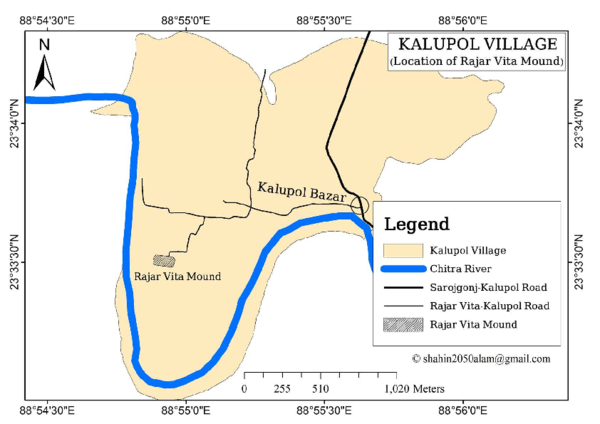Understanding Rajar: The Key Player in Radio Listening Metrics

Introduction to Rajar
Rajar, the Radio Joint Audience Research Ltd, is the body responsible for measuring and reporting radio listening figures in the United Kingdom. Its importance cannot be understated, as it offers invaluable data on how many people are tuning in to various radio stations, the demographics of listeners, and the overall reach of radio as a medium. With the ever-evolving media landscape, particularly with the rise of digital platforms, understanding Rajar’s findings helps inform advertising strategies, content development, and industry investments.
Recent Developments in Radio Listening Statistics
According to the latest Rajar quarterly report released in September 2023, radio listening continues to be a popular choice among UK audiences, with over 48 million listeners tuning in each week. This represents around 88% of the adult population, reflecting a steady increase in radio’s accessibility through digital means. Notably, the report highlights the influence of streaming services and podcasts on traditional radio listening habits. While the extent of listening to FM and AM stations remains significant, the rise of DAB (Digital Audio Broadcasting) has marked a substantial shift in listener preferences.
Impact on Advertising and Program Decisions
Advertisers and broadcasters closely monitor Rajar’s figures as they directly influence funding and resource allocation. The detailed demographic breakdown provided by Rajar enables broadcasters to tailor their content to meet audience preferences better, thus fostering higher engagement rates. In light of the latest data, industry experts predict an increased focus on content creation for digital platforms, alongside traditional stations, leading to hybrid programming that merges both formats.
Future Projections for Rajar and Radio
Looking ahead, Rajar will continue to adapt to the changing media consumption landscape. With advancements in technology and shifts toward on-demand content, predictions indicate that Rajar may expand its metrics to include more online radio platforms and podcasts in its assessments. This evolution could further solidify radio’s position amid dominant streaming giants, ensuring its relevance in the digital age.
Conclusion
In conclusion, Rajar plays a crucial role in the UK’s radio landscape, providing essential data that shapes industry practices and advertising strategies. As listening habits shift and technology advances, Rajar’s ability to adapt will be a critical factor in maintaining the importance of radio in the competitive media environment.
You may also like

Wales Online: Your Go-To Source for Welsh News

Amol Rajan: A Rising Star in Journalism
